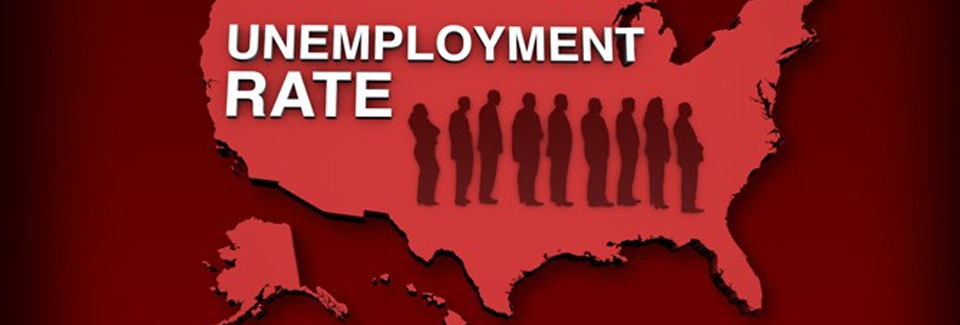Ocala has 2nd best change in unemployment rate
The U.S. unemployment rate fell 0.6 percentage points between February 2012 and February 2013, from 8.3% to 7.7% — the lowest it had been since 2008 based on seasonally adjusted figures. It since dropped to 7.6% in March.
Meanwhile, in some metropolitan statistical areas, unemployment rates proportionately fell much more than the rate nationwide. In Palm Coast, Fla., the unemployment rate fell by 2.5 percentage points from a year ago to 10.3% in February. The metro areas with the biggest declines still generally have high unemployment, and it remains to be seen whether this short-term improvement will translate into long-term recovery.
These metro areas were among the hardest-hit economies in the country, with unemployment in places like Merced, Modesto, and Palm Coast, rising well above 15%. Several of these cities, despite the improvement, still have among the highest unemployment rates in the U.S.
The exceptions are cities like Boise, Idaho, which had an unemployment rate of 9.6% in February 2010, just below the national rate of 9.8%. The area's unemployment rate as of February 2013 was 6.5%. — Well below the U.S. figure.
Martin Kohli, chief regional economist for the Bureau of Labor Statistics explained that one clue to the stability of long-term job growth in these cities is the type of jobs added — whether they are payroll jobs rather than agricultural or self-employed ones. In some of these places, like Merced, Calif., he explained, there was a healthy increase in payroll jobs, while in cities like Madera, Calif., this wasn't the case. "If you're really recovering, you want to see positive changes in a lot of different areas, and you're seeing that for Merced, but you're not seeing it for Madera," Kohli said.
In our analysis, we only reviewed the cities where the labor force was growing. Cities like Coeur D'alene, Idaho and Yuba City, Calif.. have also had substantial declines in unemployment, but also had labor force declines of more than 2%. The cities on our list have had the number of people looking for jobs increase and the number of people without jobs decrease — a sign that jobs are being added at a faster rate than people are joining the labor force.
Based on change in the unemployment rates between February 2012 and 2013, 24/7 Wall St. reviewed the eight Metropolitan Statistical Areas with the biggest percentage point decline in non-seasonally adjusted unemployment. From the U.S. Bureau of Labor Statistics we also reviewed unemployment rate changes from previous years, as well as the change in unemployment from October 2009 — U.S. peak unemployment — to the current rate. The BLS also provided nonfarm payroll growth over that time. All metropolitan employment numbers are not seasonally adjusted. The national unemployment rate change we mention is seasonally adjusted.
Ocala came second best amongst all of the 10 metro areas with the biggest declines in unemployment:
2nd Ocala, Florida
1 yr. change in unemployment rate: -2.4 percentage points
Current unemployment: 8.4% (134th highest)
Unemployment October 2009: 13.4%
Labor force: 132,964
1 yr. change in payroll jobs: 3.4%
The number of people unemployed dropped from about 14,300 in February 2012 to about 11,200 February 2013. The nearly 22% drop was the fourth largest of all metropolitan areas in country. Job growth grew across the board. In education and health services, one of the largest industries in the area, employment grew by 5.6% between February 2012 and February 2013.
Employment headcount grew by 6.5% in business and professional services. Back in February, city and county officials approved a multi-million dollar incentive package to entice FedEx to build a nearly 400,000 square foot distribution center, which, if completed, would provide 165 jobs at an average annual salary of $31,536.













